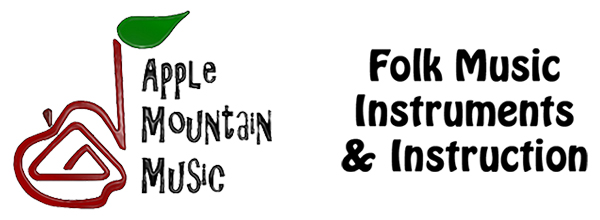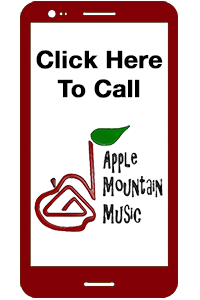Harp
Why has the harp survived for thousands of years? There is something enchanting about the sound of a harp that seems to penetrate into the human soul. Every single time we take the harps out to an event we hear someone say, “I’ve always wanted to play the harp” or see a tear of emotion coming from the eye of a listener as the strings are set into delicate motion. Even when the strings are silent, the enchantment of the instrument standing in a room seems to draw people to it. There is a magic.

Easier than you might think
Within the spectrum of stringed instruments, the harp is listed as one of the easiest to play. Meanwhile, the guitar and violin are ranked among the most difficult. Even so, people have the misconception that the harp is very demanding. Think about this, for literally thousands of years people have been playing the harp. Ancient civilizations developed and played simple, formative instruments. The harp was among these. In the Middle East, Ireland, South America and Mexico you can find harps being played by the well to do, well educated and the common person alike. Harps have not been mastered in these places because all these people have time to spend in their music rooms practicing and the money to afford lessons. Harps have survived because they are accessible and generous to even the most basic beginner. Through time and across civilizations, how have people learned to play? They either taught themselves or learned from the village harper.
The beauty of the harp is that the music can be as simple as you want and the harp sounds beautiful, or you can make it as complex as you want and the harp sounds beautiful.

Learning to play the harp
The strings of a harp are color coded with the C’s being red and the F’s being blue or green. This way you don’t lose your place. We are able to teach people with no musical training to play “Joy To The World” in about 1-2 minutes time. The hard part is prying them away from the harp so other people can try it. Pianists find the harp especially easy because they already read treble and bass clef and the fingering is fairly similar. Like the piano, the lead or melody line on a harp is played with the right hand and the chords and bass with the left hand. Also, like the piano, the harp is not handed; both left and right handed persons play the same instrument in the same way. Pianists find harp music especially easy because, due to the inherent resonance of a harp, there are fewer notes per bar than is generally written for piano score.
If this is going to be the first musical instrument you’ve ever played, you will find the harp to be very friendly. People with a piano background find it to be much like the piano and are usually plucking two handed tunes the first night home with their harp. Guitar players find there is no fretting of the strings or awkward hand positions, no hammer-ons, no pick-offs and the technique is much simpler. © Wm. Rees Instruments, 1997, 1998, 1999

The Celtic harp
The Celtic harp is also known as the Folk Harp, lever harp, or non pedal harp. In addition to the “Celtic” shaped harps, these harps can also be made with a straight column that can resemble the look of a “concert harp.” These harps are often fitted with a system of levers that can raise each individual string by a semitone. They can also be made with two parallel rows of strings which is referred to as a double strung harp. There are small harps, designed to be held on your lap, called lap harps, and larger models called floor harps that are supported by the floor.
Shop our selection of Harps by Wm. Rees, Lyon & Healy, Dusty Strings, R. Harps and Blevins at our store or online.


